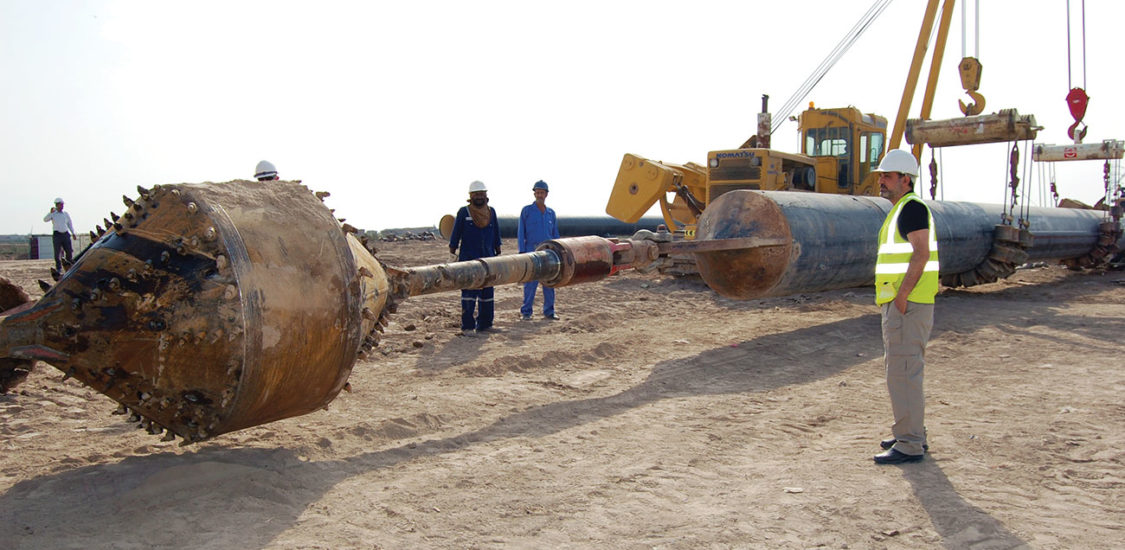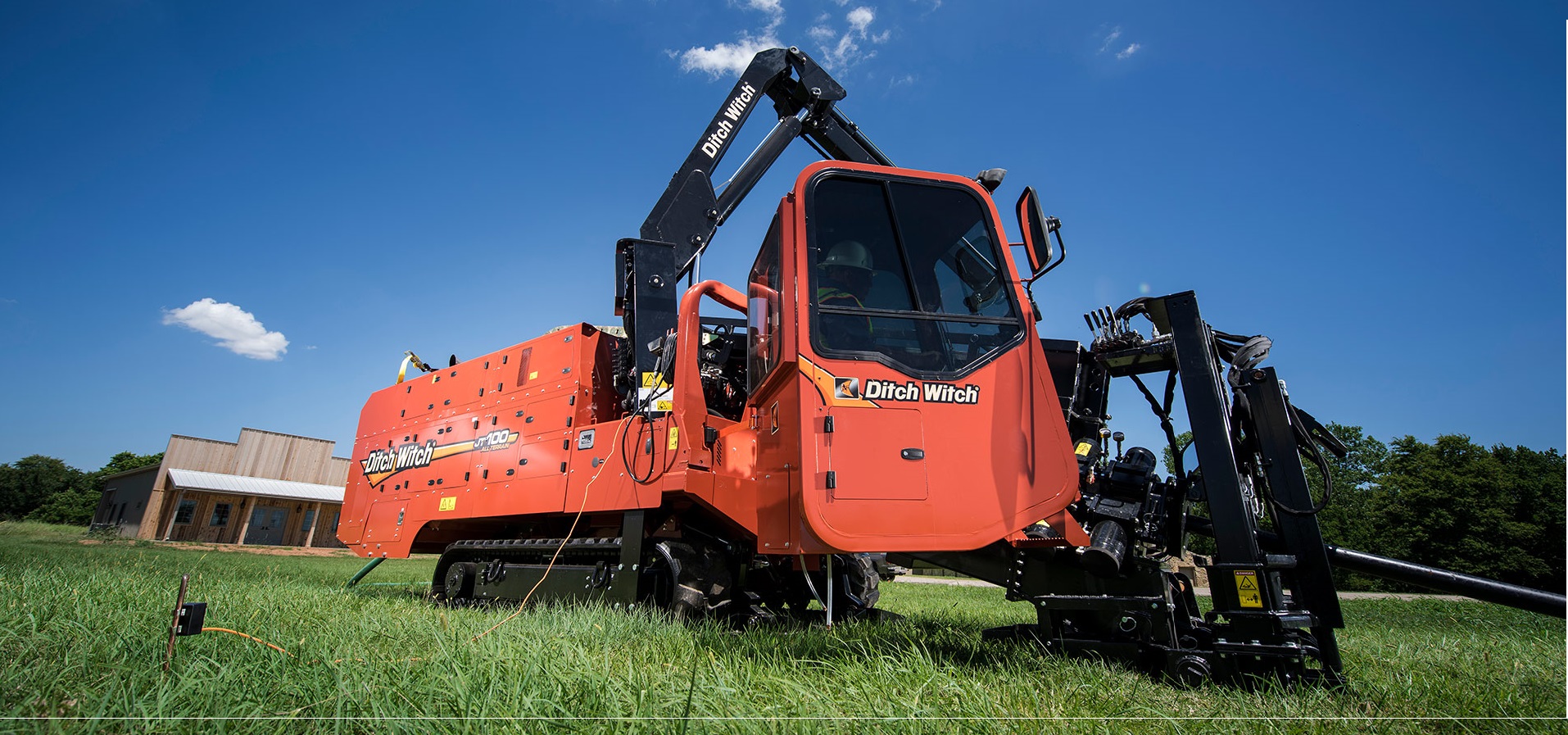

A safe work area should be maintained in these areas. Entry and exit drilling locations should be visibly marked or staked.Trackers will also be looking into the potholes to observe the drill stem as it passes near underground utility lines during drilling and guide the HDD machine operator along the bore path to avoid striking a line and the back reamer to verify that it follows the bore path and avoids utility lines.īefore drilling begins, the following safety precautions should be in place. If any changes in readings occur, like depth, the tracker should immediately signal the operator to stop drilling, investigate, and take appropriate safety precautions before continuing to drill. Trackers should check the tracking device readings frequently during HDD operations and compare them with the pre-operational walkthrough readings. Immediately contact local emergency responders (call 911) if excavation damage results in a natural gas release.ĭrill at a pace that is slow enough to permit the tracking device to sense any drill line deflections caused by large obstructions. Note that not all gas is odorized, especially at large industrial sites, and may be impossible to smell. Smelling a distinctive sulfur-like odor, which is typically added to natural gas, although some people cannot smell the odor.An unusual sound, such as hissing, whistling, or roaring, near a natural gas line.
 Dirt, water, or debris blowing from the ground into the air. Handheld natural gas detectors are most effective, but other indicators include: Workers should be able to identify a potential natural gas leak. Potholing also allows the tracker to visually observe the drill stem and drill head during drilling to ensure that the HDD machine operator avoids striking utility lines along the drill path. It is important that potholes go to the planned drill path's depth, even if this is beyond the deepest known utility line, to identify any hidden lines.
Dirt, water, or debris blowing from the ground into the air. Handheld natural gas detectors are most effective, but other indicators include: Workers should be able to identify a potential natural gas leak. Potholing also allows the tracker to visually observe the drill stem and drill head during drilling to ensure that the HDD machine operator avoids striking utility lines along the drill path. It is important that potholes go to the planned drill path's depth, even if this is beyond the deepest known utility line, to identify any hidden lines. 
Implement safe work practices, like potholing, to verify the depth of utility lines near the planned drill. Underground service locators typically cannot provide depth information for utility lines.
#Horizontal directional drilling video code
Underground utility lines can be difficult to identify because they might be covered by other lines, undocumented, buried at depths different from code requirements, and/or in a different position from initial installation due to ground settling.
Compare findings with surface markings to identify any missed utility. Review drawings, whenever possible, to verify underground utility locations.  Visually inspect the entire planned digging path for structures that indicate potential underground utilities, like gas meters and manhole covers. Additional steps in the identification process may include: Always call 811, or the “Call Before You Dig” number in your area, to establish the location of underground utility lines in the work area. Before any drilling occurs, contractors must use their state's utility location system. Verify placement of existing underground utility lines before drilling. Vacuum Excavator: a system used to dig potholes by high-pressure air or water to break up and vacuum soil and expose buried utility lines. Tracking Device: a device used to track the boring progress along the drilling path using an electromagnetic field to detect the drill head. Reception Pit: excavation into which trenchless technology equipment is driven and recovered following the installation of the product pipe, conduit, or cable. Techniques range from hand digging to using mechanical digging tools. Potholing: method used to excavate small test holes from the surface to a buried utility line to expose its location. Back Reamer: tool used for enlarging the pilot bore, and for pulling the utility line into the bore.īore: the extended underground cavity or hole created by the HDD process.Ĭasing: a pipe installed to stabilize a wider diameter bore after drilling.Ĭonduit: plastic piping installed in a bore to protect fiber optic cable or low voltage power lines.ĭrill stem and head: metal rod and drill bit that convey rotational force, transmit drilling fluid into the bore, and excavate soil and rock while cutting the bore.
Visually inspect the entire planned digging path for structures that indicate potential underground utilities, like gas meters and manhole covers. Additional steps in the identification process may include: Always call 811, or the “Call Before You Dig” number in your area, to establish the location of underground utility lines in the work area. Before any drilling occurs, contractors must use their state's utility location system. Verify placement of existing underground utility lines before drilling. Vacuum Excavator: a system used to dig potholes by high-pressure air or water to break up and vacuum soil and expose buried utility lines. Tracking Device: a device used to track the boring progress along the drilling path using an electromagnetic field to detect the drill head. Reception Pit: excavation into which trenchless technology equipment is driven and recovered following the installation of the product pipe, conduit, or cable. Techniques range from hand digging to using mechanical digging tools. Potholing: method used to excavate small test holes from the surface to a buried utility line to expose its location. Back Reamer: tool used for enlarging the pilot bore, and for pulling the utility line into the bore.īore: the extended underground cavity or hole created by the HDD process.Ĭasing: a pipe installed to stabilize a wider diameter bore after drilling.Ĭonduit: plastic piping installed in a bore to protect fiber optic cable or low voltage power lines.ĭrill stem and head: metal rod and drill bit that convey rotational force, transmit drilling fluid into the bore, and excavate soil and rock while cutting the bore.








 0 kommentar(er)
0 kommentar(er)
